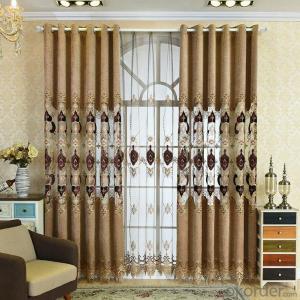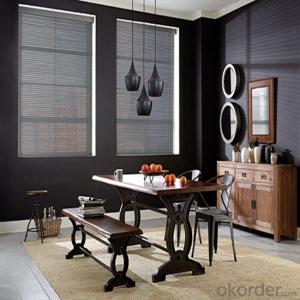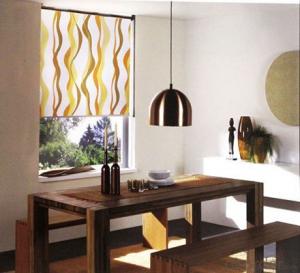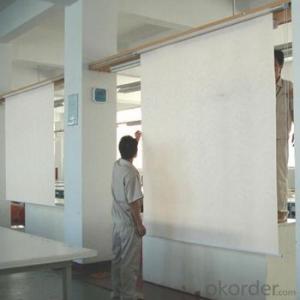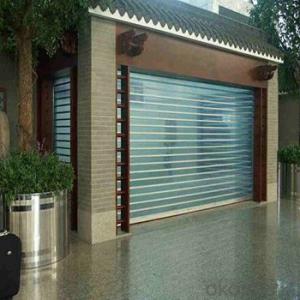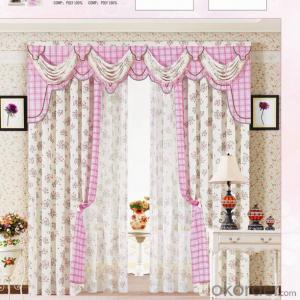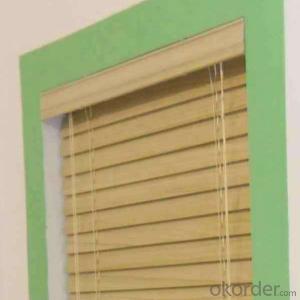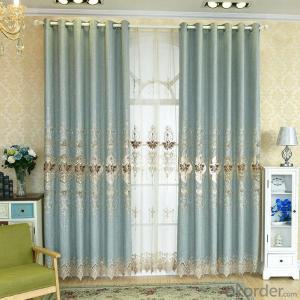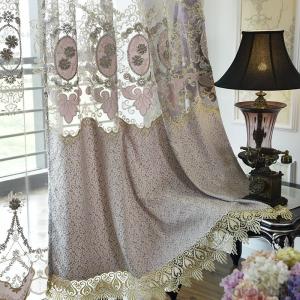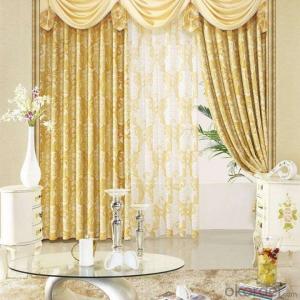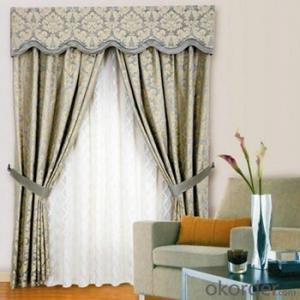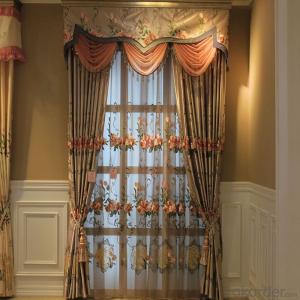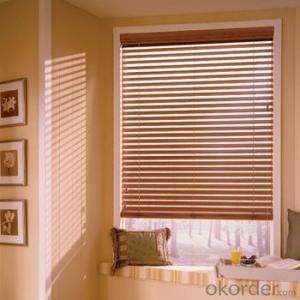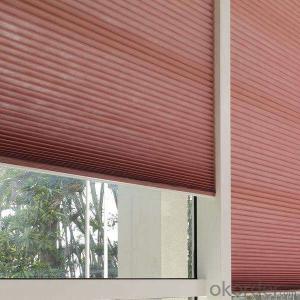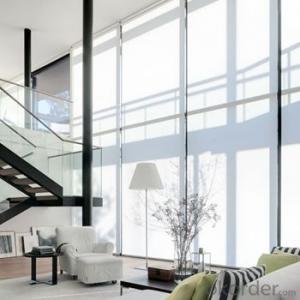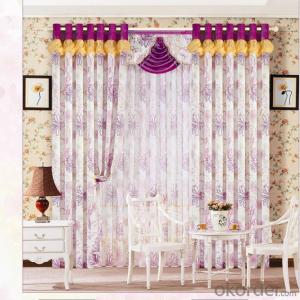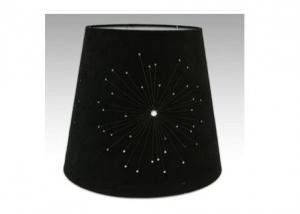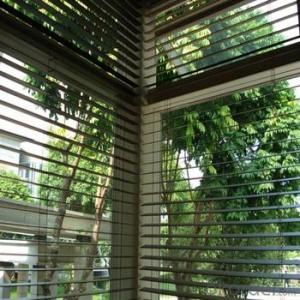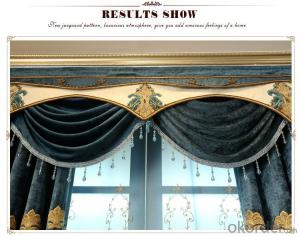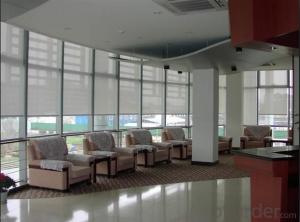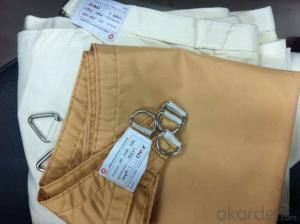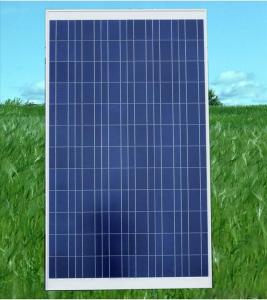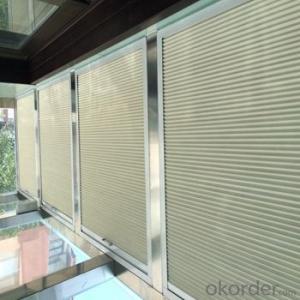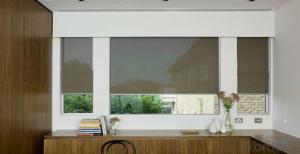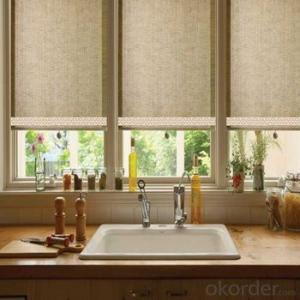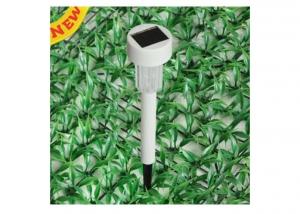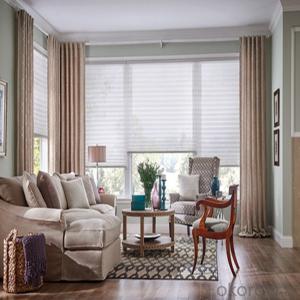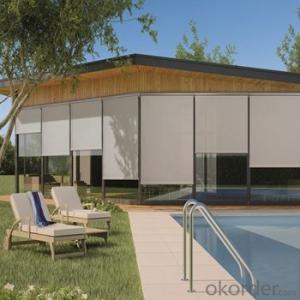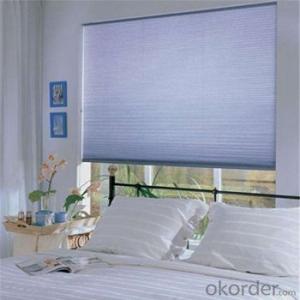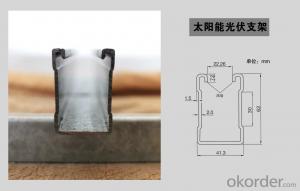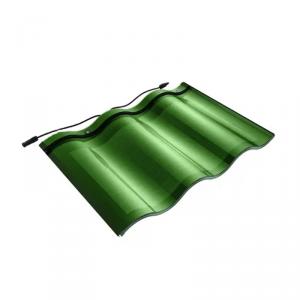Solar Shades For Windows
Solar Shades For Windows Related Searches
Custom Shades For Windows Cloth Shades For Windows Roller Shades For Windows Shade For Solar Inverter Roof Window Shades Shade Cover For Solar Inverter Shading Solar Inverter Garden Solar Wall Lights Garden Wall Solar Lights Garden Solar Spot Lights Folding Solar Cells Hanging Solar Lights For Trees Solar Garden Lights Solar Chips For Sale Sun Chairs For Sale Solar Spot Lights Garden Folding Usb Solar Cells Solar Business For Sale Decorative Solar Lantern Solar Inverter For Laptop Cheap Solar Cells Examples Of Solar Cells Screen Printed Solar Cells Buy Solar Cells Purchase Solar Cells Custom Solar Cells Free Solar Cells Solar Sound Module Buy Small Solar Cells Low Cost Solar CellsSolar Shades For Windows Supplier & Manufacturer from China
Solar Shades For Windows are a type of window treatment designed to provide energy efficiency and light control while maintaining a comfortable indoor environment. These shades are engineered with a unique material that can block harmful UV rays, reduce glare, and lower indoor temperatures, making them an ideal choice for homes and offices seeking to enhance their energy efficiency and comfort. Solar shades are available in various styles, colors, and patterns, allowing homeowners and businesses to choose the perfect option to complement their existing décor.Solar Shades For Windows are widely used in residential and commercial settings, offering a practical solution for managing natural light and heat gain. They can be particularly beneficial in spaces with large windows or glass doors, where excessive sunlight can lead to overheating and glare. By reducing the amount of direct sunlight entering a room, these shades can help to maintain a more consistent temperature and minimize the need for air conditioning, resulting in energy savings and a more comfortable living or working environment. Additionally, solar shades can provide privacy without completely blocking out natural light, making them a versatile and attractive option for many applications.
Okorder.com is a leading wholesale supplier of Solar Shades For Windows, offering a vast inventory of high-quality products to meet the needs of various customers. With a commitment to providing exceptional service and competitive pricing, Okorder.com ensures that clients can find the perfect solar shades to suit their specific requirements. By partnering with reputable manufacturers, Okorder.com is able to offer a diverse range of solar shades, catering to different tastes and budgets. Whether customers are looking for a simple, cost-effective solution or a more sophisticated, custom-designed product, Okorder.com is well-equipped to deliver the best Solar Shades For Windows to meet their needs.
Hot Products
